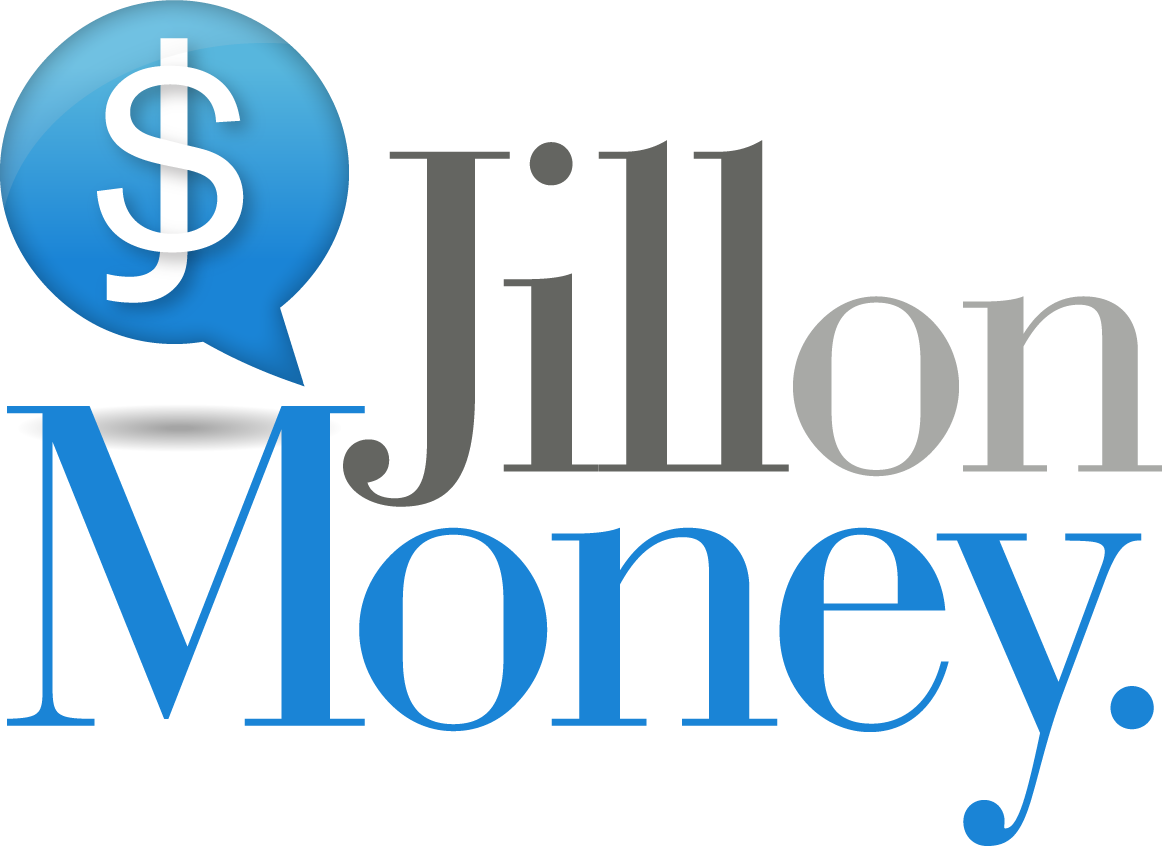The Dow Jones Industrial Average and S&P 500 closed out February with gains of 11 percent, the best two-month start since 1987 and 1991, respectively. The NASDAQ Composite and Russell 2000 were up 14 and 17 percent, all of which is to say that those investors who were crying the blues at the end of last year, are now feeling a bit of spring in their steps.
Read MoreDecember has been a rough month for investors, the kind of month that makes even the most battle scarred veterans’ hold their breath and hope for a sign that the worst is over. Sorry to say that there is never such a sign, which is why the saying “they don’t ring a bell at the top or at the bottom!” came into being.
Read MoreWith just one trading session left in the year, it’s time to take a deep breath, look back and learn eight important lessons from 2018.
Read MoreWelcome to the third government shutdown of 2018! Did you forget about the first two? In January, there was a three-day closure, and then in February, there was the one-day sequel. In both of those instances, investors shrugged off the news and stocks actually edged up during those days-long shutdowns.
Read MoreThe news cycle can teach us important economic and personal finance lessons. Here are my picks for 2018. Happy New Year!
Read MoreIt was an exhausting week for investors, even though there were only four trading sessions. Monday’s U.S.-China 90-day trade “time out” stock bounce was dwarfed by big sell-offs throughout the rest of the week. The drubbing began after the President’s tweet that he is a “tariff man,” shortly followed by another, which questioned whether a “real deal” with Beijing is actually possible.
Read MoreInvestors have rediscovered market volatility. After a relatively placid three months, when stocks did not move more than one percent in either direction, the October sell off has reminded everyone why investing remains a dangerous activity.
Read MoreStocks dropped by about four percent on the week and the proximate cause was the strength of the economy. In the bizarro world of investing, here’s how the reasoning goes: When the economy is expanding, the Federal Reserve has to increase short-term interest rates to ensure that inflation does not eat away at growth. That part has been built into most analyst assumptions, but only recently have we seen yields on 2, 5 and 10-year government notes start to climb. During the week, the 2-year spiked to the highest level in a decade and the 10-yr hit its top level in seven years.
Read More







